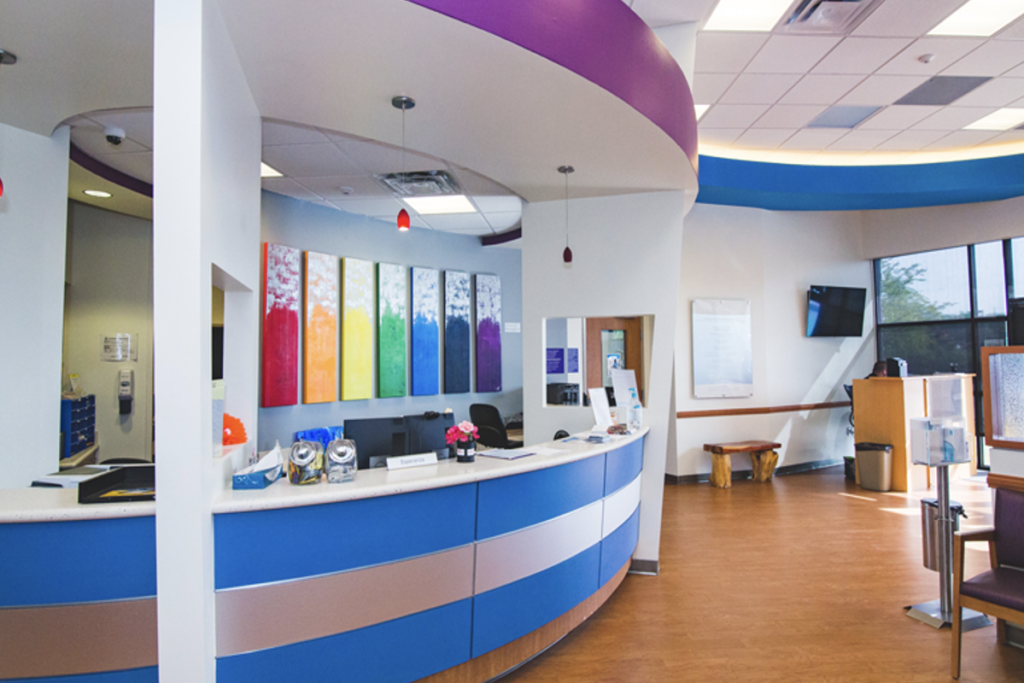
There is no way to estimate the number of square feet leased by nonprofit organizations in the 16-county region making up the North Texas area. In 2020, there were approximately 27,000 nonprofit organizations in our region. However, I can safely say they are in most office buildings and flex buildings and co-exist with many for-profit businesses. Even Class A buildings have nonprofit tenants, although they are typically foundations and have much larger assets than most nonprofits.
Big Opportunities for owners of B and C properties
For landlords with well-maintained B and C buildings, nonprofit organizations create an excellent opportunity for potential new tenants. Unfortunately, I still experience brokers and owners who don’t understand the stability and growth of this somewhat amorphous sector.
Nonprofit organizations fall into many charitable categories.
These include the following: Arts and Culture (art, theater, dance), Education (public and private schools, colleges, and universities), Medical (hospitals, health care, research, mental health), Human Services (housing and shelter, food, employment, recreation), Public Benefit (philanthropy and grant-making foundations, civil rights, volunteerism), and Religion-Related (religious facilities and services).
Understanding the Nonprofit Sector
The Center for Nonprofit Management has excellent information about the nonprofit landscape. Its State of the Sector 2020 Report provides facts and figures about this important industry. Here are some highlights that are important for landlords and brokers in understanding this sector. You can read the entire report at www.thecnm.org.
In North Texas, over 70% of the nonprofit/charities are in three mission areas:
- Religion-Related (28%),
- Human Services (27%)
- Education: Other than Higher Education (16%)
Of the almost 27,000 nonprofit organizations, 80% have incomes of less than $50,000 per year. Hospitals and Higher Education have the largest assets. The remaining approximately 6,000 nonprofit organizations have incomes that breakdown as follows:
- Approximately 62% reported incomes under $500,000
- 7% greater than $500,000 income
- Less than 5% had incomes greater than $1,000,000
What does this mean for landlords and why are nonprofit organizations desirable tenants?
Even smaller nonprofit organizations need office or service locations. These smaller organizations usually lease space. Unlike small businesses with one to two owners, the nonprofit organizations have a board of directors and must regularly report on their financial condition.
More transparent than small businesses
Nonprofits with incomes over $50,000 per year must file tax returns. Their tax returns are available to the public, and many of the organizations must have audited financial statements. This makes their financial condition much more transparent to a potential landlord than a small business. Plus, very few small businesses have audited financial statements.
Desirable Locations in Dallas
All nonprofit organizations want nice well-located properties in areas near their clients. Human Service organizations usually must be located in underserved areas where there are very few properties available to lease. Our company always struggles to find properties in the South, Southern, Northeast, and West areas of Dallas. The Stemmons/I-35 corridor is one of the areas that seems to provide the most opportunities because of availability and location.
Larger nonprofit organizations usually have multiple locations in underserved areas throughout the North Texas region. If the nonprofit has a good relationship with an owner, the owner is usually open to having multiple leases with that group.
Owning vs. Leasing
The larger nonprofit organizations frequently have a variety of leased and owned properties. Owning properties gives them the benefit of not paying property taxes. However, this benefit does not apply to leased property. With leased property, they must pay the property taxes since they do not own the property.
A major advantage of leased property for all nonprofit organizations is the flexibility to move when their client demographics change. This reality happens as areas become gentrified.
Additionally, the site selection process is complicated for these organizations with many constituents involved. This complexity encourages them to sign longer term leases with renewal options. This outcome is beneficial for landlords seeking long term stable clients.
Future Growth
Lastly, the Center for Nonprofit Management report stated that between 2016 and 2020, the nonprofit sector grew almost 20% with Collin County growing by nearly 30%. It will be interesting to see in future reports the impact of the pandemic on growth. Our observation is that the sector is recovering quickly to meet the needs of the region’s expanding population. Owners should welcome this sector as potential tenants and purchasers.
This article was originally posted in DMagazine Commercial Real Estate – Nonprofits | CRE Opinion
